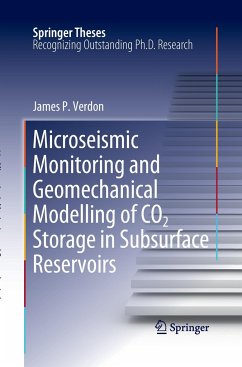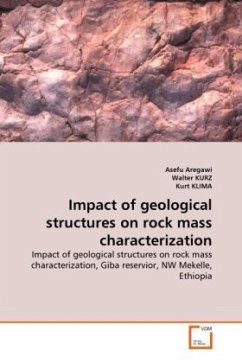
Geological storage of CO2
Interactions between CO2, saline water and minerals
Versandkostenfrei!
Versandfertig in 6-10 Tagen
45,99 €
inkl. MwSt.

PAYBACK Punkte
23 °P sammeln!
Underground storage of CO2 in saline aquifers has been suggested as an option to reduce man-made emissions of CO2 to the atmosphere. Injected CO2 reacts with the formation water and form carbonic acid which in turn lowers the pH and leads to corrosion of formation minerals. Liberated elements reacts subsequently and form stable mineral carbonates. The doctoral thesis gives an overview of gas-water- rock interactions following CO2 storage, 1D and 3D reactive transport simulations of CO2 storage into the Utsira Sand using the ACCRETE/ATHENA numerical codes, and papers on the stability of dawsoni...
Underground storage of CO2 in saline aquifers has been suggested as an option to reduce man-made emissions of CO2 to the atmosphere. Injected CO2 reacts with the formation water and form carbonic acid which in turn lowers the pH and leads to corrosion of formation minerals. Liberated elements reacts subsequently and form stable mineral carbonates. The doctoral thesis gives an overview of gas-water- rock interactions following CO2 storage, 1D and 3D reactive transport simulations of CO2 storage into the Utsira Sand using the ACCRETE/ATHENA numerical codes, and papers on the stability of dawsonite (NaAl (OH)2CO3). The latter include the first published data on the far-from-equilibrium dissolution rates of dawsonite at acidic conditions and discussions on the stability of dawsonite during and following CO2 injection.












